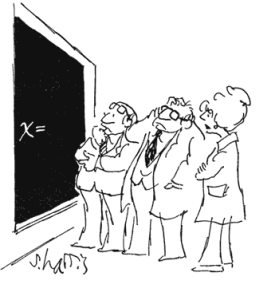I won’t tell you how old I was when Carol Cohn published “Sex and Death in the World of Rational Defense Intellectuals” – but I will tell you that I’ve read it dozens of times over my years as an IR scholar, and that it has been foundational to my thinking about security issues in the international political arena, as well as the links between gender, violence, and security. So I was surprised, and interested, to see an article in the FirstView of International Organization which plays off of the title of Cohn’s original Signs article – Rose McDermott‘s “Sex and Death: Gender Differences in Aggression and Motivations for Violence.” Then I read it.
Almost thirty years ago, Cohn described that “it was hard not to notice the ubiquitous weight of gender, both in social relations and in the language itself” of “white men in ties discussing missile size” (p.688, 692). This discussion about sexualized imagery does not serve to compare (favorably or unfavorably) men and women – in fact, Cohn notes the ease of getting drawn into it even with an explicitly feminist predisposition. Instead, Cohn’s discussion serves to show that militarism itself relies on gendered significations – of men and women, of states, and of strategies and tactics. The lasting richness of Cohn’s work is about voice, signification, reification, and hybridity in gender/security matrices. And that’s what’s lost in McDermott’s reuse of Cohn’s title.
McDermott naturalizes sex and gender, throwing Butler’s caution about the performative co-constitution of sex and gender to the wind. The consequences are a step backwards, rather than a step forward, for analyzing gender and international security.




